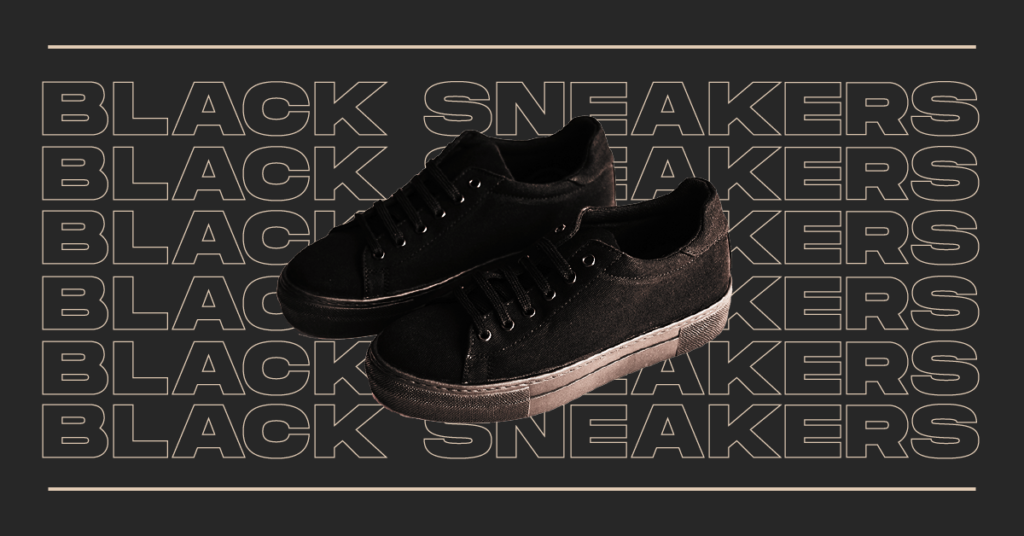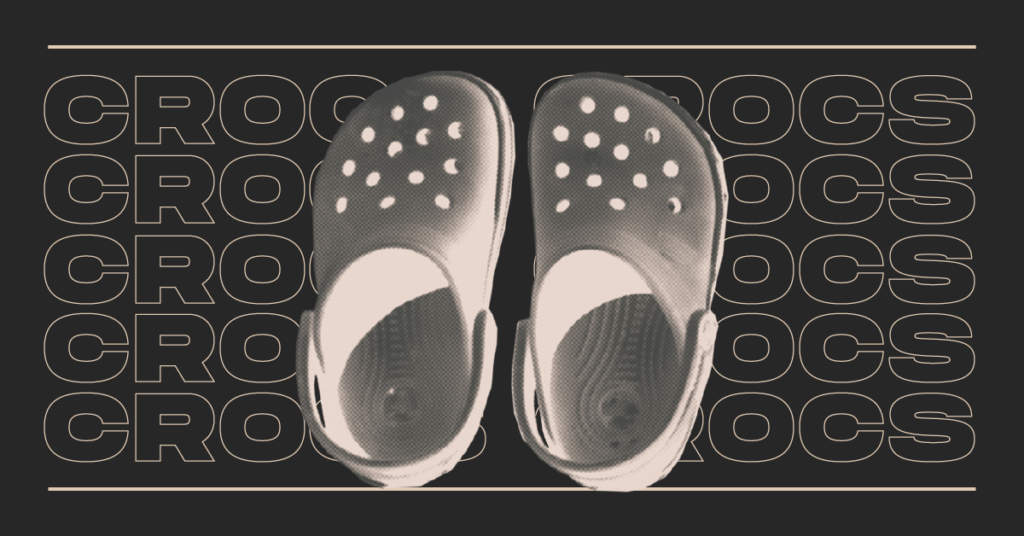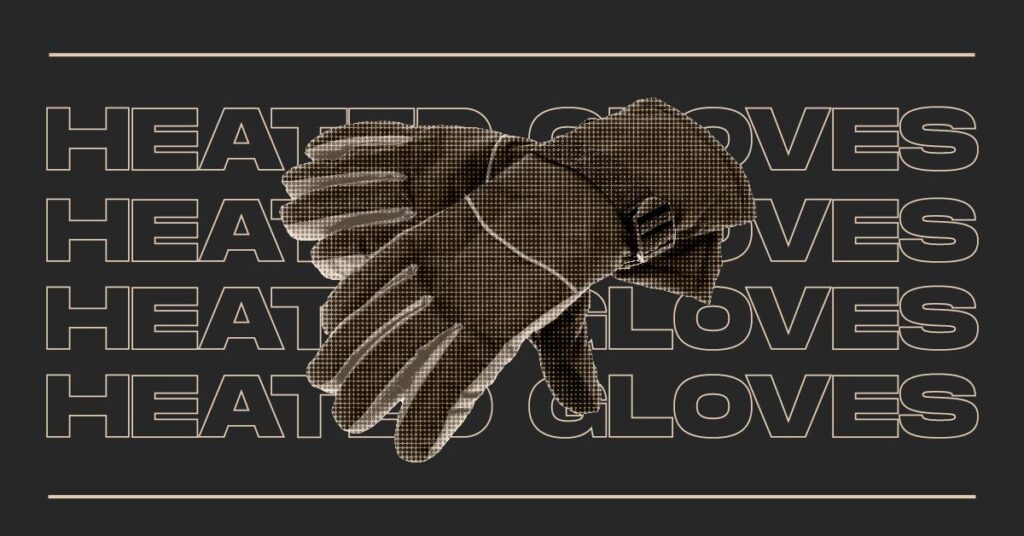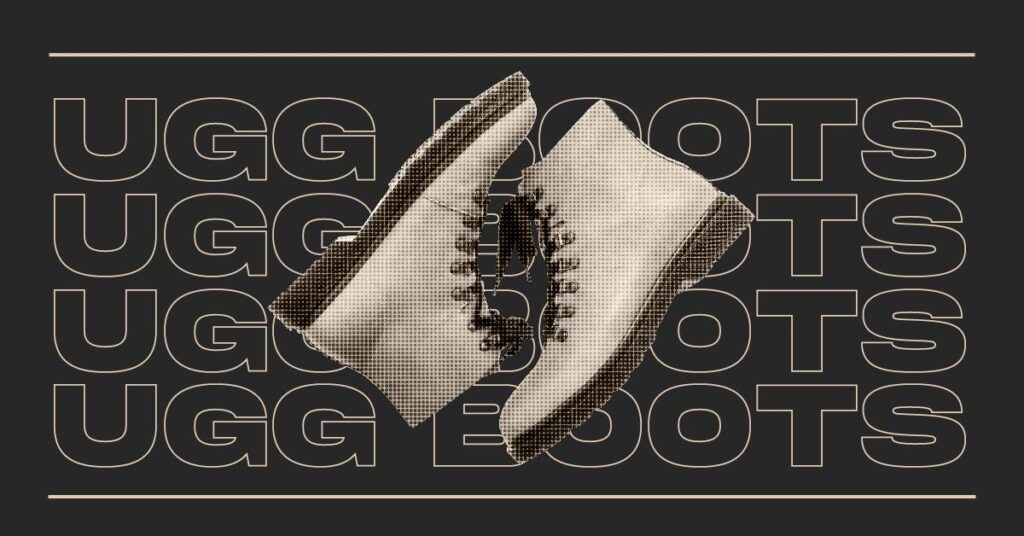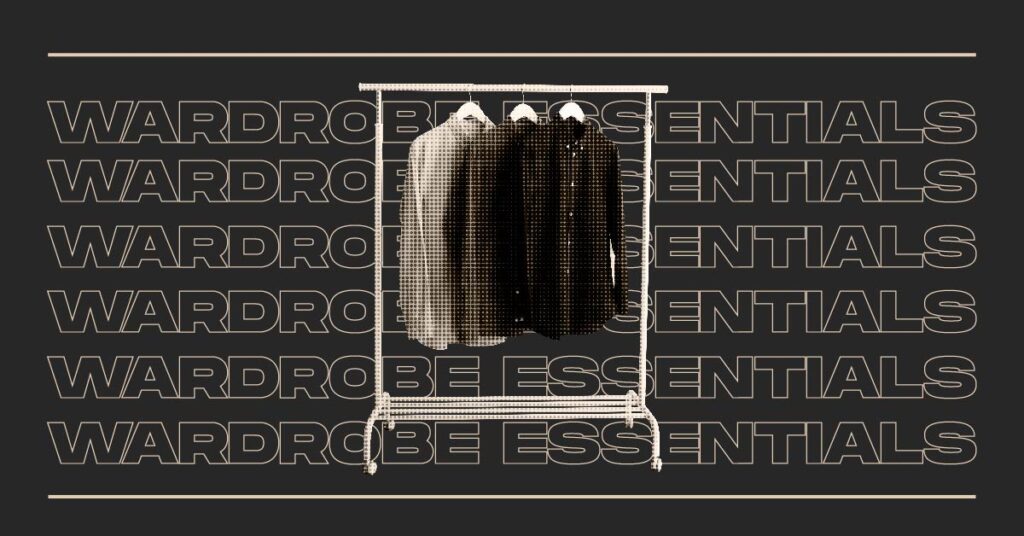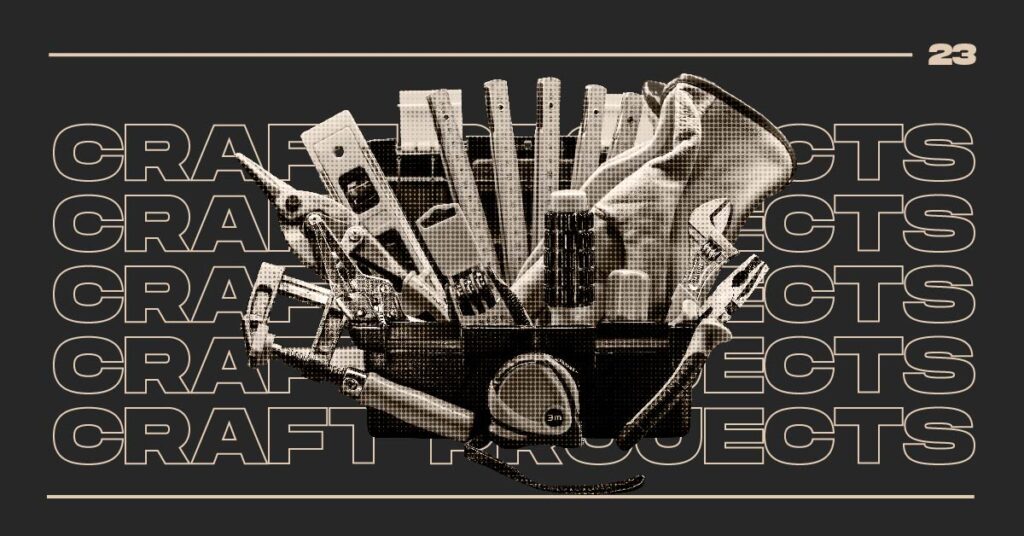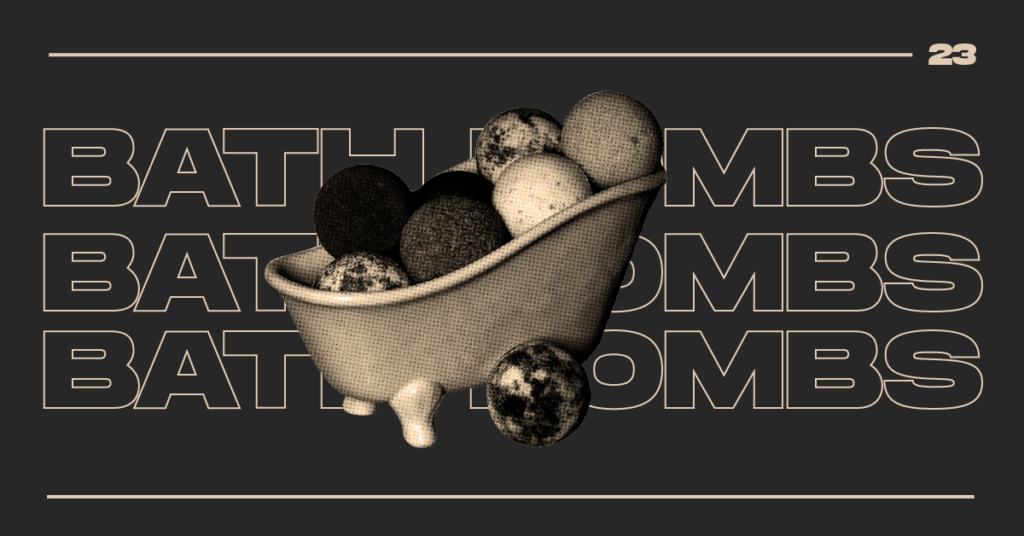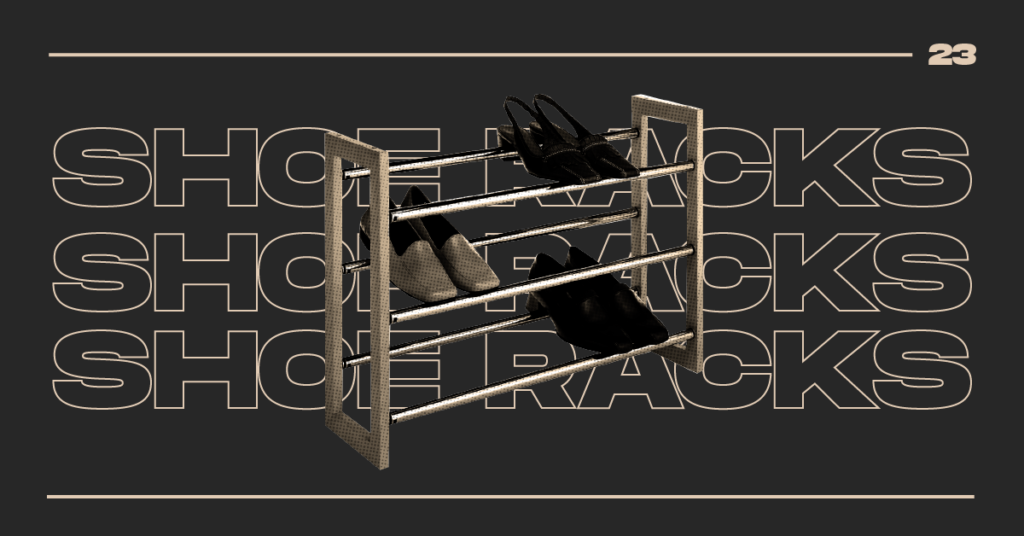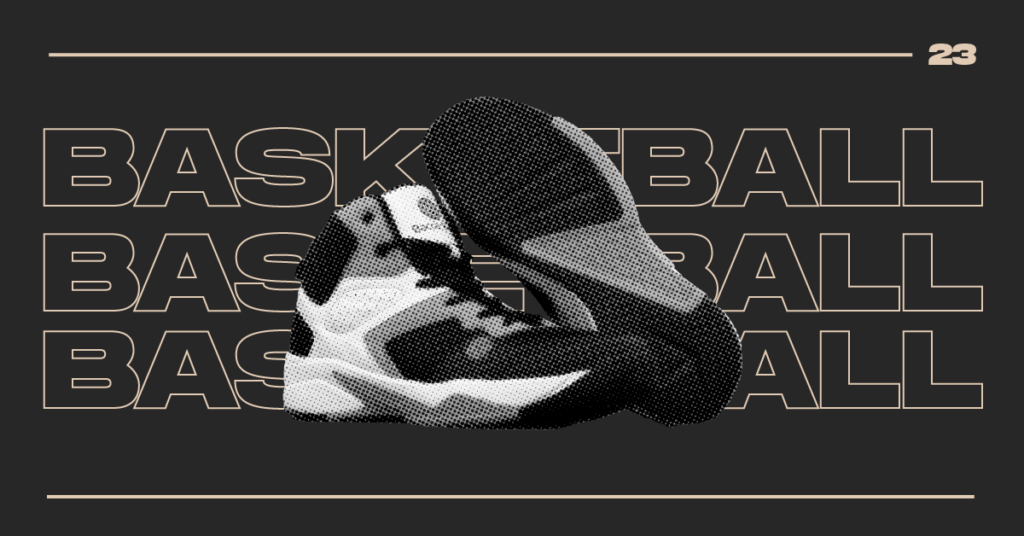Pappy Van Winkle is a bourbon heartthrob, recognized for both its quality and uniqueness. The whiskey is one of the most difficult-to-find bottles on the market, and it is revered around the world as the pinnacle of quality. One New York bar even charged $315 for a shot of Pappy.
The prized Kentucky bourbon brand has a rich flavor — a spicy-sweet blend of nutty oak with honeyed citrus, maple, and vanilla notes — and an even richer history.
Table of Contents
ToggleThe backstory…

Julian “Pappy” Van Winkle was a whiskey salesman for W. Beginning in 1893, L. Weller rose through the ranks to become President of the Stitzel-Weller Distillery. His son felt the same way. However, the distillery ran into financial difficulties and was eventually sold in 1972. Julian Van Winkle III began buying back barrels of bourbon and bottling it as Old Rip Van Winkle – a pre-Prohibition label he’d resurrected — to keep the family reputation and attention to quality alive. Pappy Van Winkle bottles did not on the market until 1994 when the 20-year bottle was introduced.
The Pappy mania didn’t begin until 1996 when the Beverage Testing Institute gave the 20-year Pappy Van Winkle a 99 out of 100 – the best grade ever awarded by the institute to a whiskey.
Gilbert and Julia Curtsinger, the Bonnie and Clyde of alcohol, stole roughly $100,000 in whiskey between 2008 and 2015. The robbery comprised a total of 20 cases of Pappy Van Winkle. Worse, after it was discovered in 2015, much of the bourbon had to be destroyed.
How Pappy Became Famous

Despite the fact that they’ve been in business for a long time, Pappy didn’t become popular until the late 1990s. The Beverage Tasting Institute gave the beverage a score of 99 out of 100, which piqued the interest of whiskey enthusiasts. Previously, the distillery was so little that it was difficult to spread the word about the bourbon. Because their sales were so low, they had barrels of old bourbon laying around. That is no longer the case: some rare bottles may fetch up to $5,000, making it the most expensive bourbon on the planet!
Everybody wants it!

Despite the fact that Pappy Van Winkle is a small distillery, it is in high demand. Pappy’s only makes 84,000 bottles per year. They also age their goods for a decade or longer, which increases demand even more. A bourbon enthusiast could once order a bottle directly from old Pappy, but buying directly from the distillery may take a decade. It’s also an expensive bourbon to brew. The portion of liquor that evaporates is known as the “angel’s share.” Pappy’s celestial tithe is staggering: 3 gallons sold to 50 gallons consumed. As you can see, supply and demand do not favor someone looking to fire his whistle with a bottle of Pappy’s finest.
Why the name?

Pappy Van Winkle was a true Kentucky native. Julian Proctor Van Winkle Sr. was his given name. In 1893, he began working as a sales clerk for Weller and Sons Bourbons and eventually purchased their distillery with his buddy A.P. Stitzel. After a while, the distillery and liquor brand united to form Weller-Stitzel Bourbon. After Pappy died in 1965, his son took over, changed the name to honor his grandfather, and kept the brewing business going. Julian the Third now oversees the company.
Top secret

Pappy Van Winkle contains a higher proportion of wheat than other bourbons. Bourbon must contain at least 51% maize to be considered a bourbon. Pappy then substitutes wheat for rye, resulting in a whiskey that is sweeter and fruitier.
The Pappy Tracker

Bottles are only released once a year by the brand. However, because the folks at Pappy want to make it as easy as possible for anyone to have a sample, they provide a list of all the establishments that receive an allocation of Pappy on the Old Rip Van Winkle Distillery website. However, due to the restricted supply, it turns out that “as easy as possible” isn’t all that simple.
Is it worth the hype?

Pappy’s varietals are 10, 12, 15, and 23 years old. All of these options cost more than a thousand dollars. So, is it worthwhile to invest both time and money? Only your taste buds can decide for you, but the experts say YES. A tasting test revealed the following: The scent of Pappy’s is opulent and sweet, with flashes of vanilla and caramel, finishing with some spice. But the wheat, which mellows the bourbon, balances out the spice. Tobacco and toffee tones are present. The mouthfeel is quite smooth, and there is no acidic alcohol burn. This whiskey is a lot of fun to drink.
It’s RARE

We weren’t joking when we compared it to a unicorn. The distillery barely produces about 7,000 cases per year or approximately 84,000 bottles. The distillery’s whiskey production philosophy is “at a profit if we can, at a loss if we have to, but always good bourbon.”
Age is just a number

On average, Pappy is aged longer than other bourbons – twice as long as Jim Beam and Jack Daniels, both of which are aged for four years. Pappy’s is available in 10, 12, 15, 20, and 23-year-old bottles. Only 710 bottles of a highly limited edition 25-year-old bourbon was released by the firm in 2017. It retailed for $1,800, but bottles can now be purchased on the secondary market for more than $30,000.
What to try?

The Pappy Van Winkle’s Family Reserve 20-Year is the most prestigious of the Pappys, 20-year is frequently mistaken for a good cognac. It has a lower proof (90) than its contemporaries, sacrificing the body for a diabolical balance of oak tannins and fruity sweetness. This bottle hasn’t been a good buy in decades, so don’t anticipate any bargains here.
The final verdict…

Herein lies the dilemma that we all face: should we withdraw or splurge? We ask it practically every day, whether we’re looking for new shoes, a new automobile, or a bottle of bourbon in Hendersonville. Only you can decide whether or not Pappy’s is worthwhile. But one thing is certain: Pappy Van Winkle’s bourbon is the greatest for a reason. So maybe you should go check it out, especially at Bluegrass Beverages, Hendersonville’s favorite booze store!
